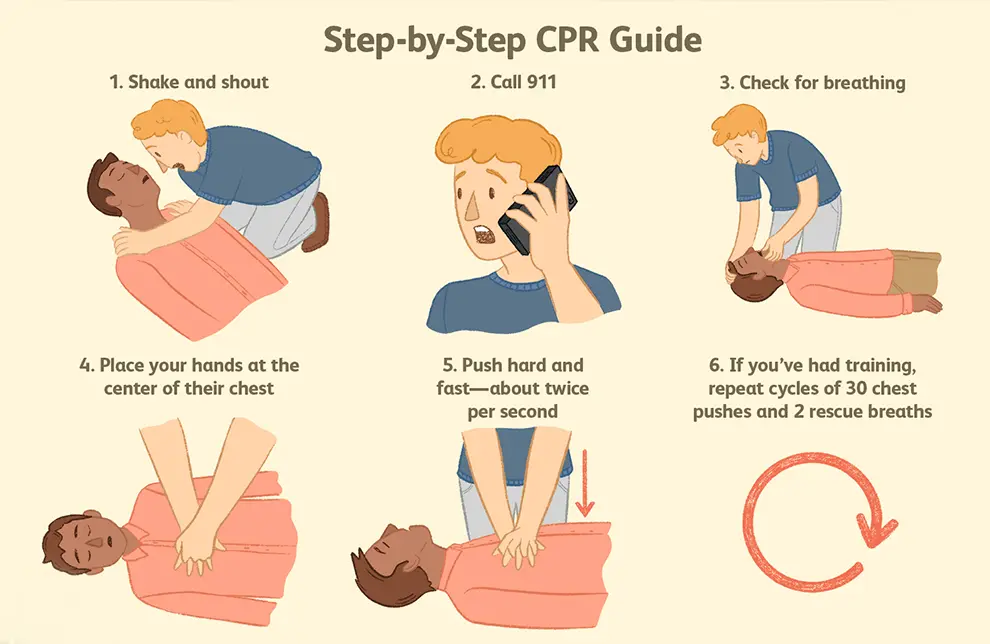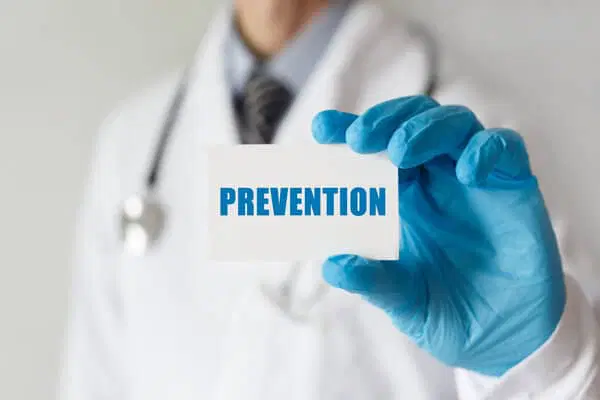How to Perform CPR in an Emergency Situation: A Step-by-Step Guide
In an emergency, knowing how to perform CPR (Cardiopulmonary Resuscitation) can save a life. When someone experiences cardiac arrest, immediate action is critical as every second counts. CPR helps maintain blood flow to vital organs until professional medical help arrives, significantly increasing the person’s chances of survival.
Here’s a step-by-step guide on how to perform CPR effectively in an emergency situation.
1. Assess the Situation
Before starting CPR, make sure the environment is safe for both you and the victim. Check for potential dangers such as traffic, fire, or unsafe surroundings. Once the area is secure, quickly assess the person’s condition.
- Check for responsiveness: Tap the person’s shoulder and shout, “Are you okay?”
- Call for help: If there’s no response, call emergency services immediately or ask someone nearby to do so. If you are alone, call 911 and put the phone on speaker while you perform CPR.
- Check for breathing: Look for signs of normal breathing (rise and fall of the chest) or listen for breath sounds. If the person is not breathing or only gasping, begin CPR right away.
2. Begin Chest Compressions
Positioning:
- Lay the person flat on their back on a firm surface.
- Kneel beside their chest.
Hand Placement:
- Place the heel of one hand on the center of the chest, right between the nipples.
- Place your other hand on top of the first hand, interlocking your fingers.
- Keep your elbows straight and position your shoulders directly over your hands.
Performing Compressions:
- Push hard and fast, pressing down at least 2 inches (5 cm) deep into the chest.
- Compress the chest at a rate of 100 to 120 compressions per minute (think of the beat to the song “Stayin’ Alive” by the Bee Gees for pacing).
- Allow the chest to fully recoil between compressions but avoid lifting your hands off the chest.
3. Give Rescue Breaths (If Trained)
If you are trained in CPR and comfortable providing rescue breaths, follow these steps:
Opening the Airway:
- Tilt the person’s head back slightly by lifting their chin with one hand and pressing down on their forehead with the other hand.
Giving Breaths:
- Pinch the person’s nose closed and give two rescue breaths, each lasting about 1 second.
- Ensure the chest rises with each breath (this shows the breath has reached the lungs). If the chest doesn’t rise, recheck the head tilt and try again.
Continue Cycles of Compressions and Breaths:
- Alternate between 30 chest compressions and 2 rescue breaths.
- If you’re not trained or uncomfortable with rescue breathing, stick to Hands-Only CPR by continuously performing chest compressions until help arrives.
4. Continue CPR Until Help Arrives
- Keep performing cycles of 30 chest compressions and 2 breaths (or continuous compressions if doing Hands-Only CPR) until emergency medical services (EMS) or a trained responder takes over.
- If you become too exhausted to continue, try to get someone nearby to assist you.
5. Use an Automated External Defibrillator (AED) if Available
An AED is a portable device that can deliver an electric shock to help the heart resume a normal rhythm. If an AED is available:
- Turn on the AED and follow the audio instructions.
- Attach the adhesive pads to the person’s bare chest as indicated by the AED.
- Ensure no one is touching the person while the AED analyzes the heart rhythm.
- If a shock is advised, press the button to deliver it. Immediately resume CPR after the shock.
Continue to follow AED prompts until EMS arrives.
6. Important Tips for Performing CPR
- Don’t hesitate: Even if you’re unsure, it’s better to attempt CPR than do nothing. The risks of injury from CPR are outweighed by the potential life-saving benefits.
- Hands-Only CPR: If you’re not trained in rescue breaths, focus on high-quality chest compressions.
- Rotate if possible: If there are multiple people trained in CPR, take turns to avoid fatigue. Chest compressions can be physically demanding, and switching every 2 minutes can help maintain the effectiveness of CPR.
Final Thoughts
CPR can mean the difference between life and death in an emergency situation. Whether or not you’re fully trained, performing Hands-Only CPR can sustain the person’s life until help arrives. To feel more confident in performing CPR, consider taking a certified CPR and Basic Life Support (BLS) course, where you’ll learn the proper techniques and gain hands-on practice.
At Copious Health Services, we offer CPR and BLS training courses to equip you with the life-saving skills you need. Contact us today to learn more or book your training session!




